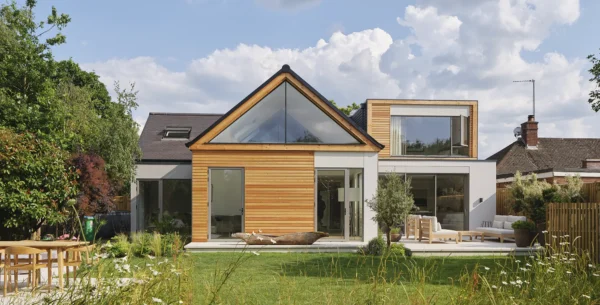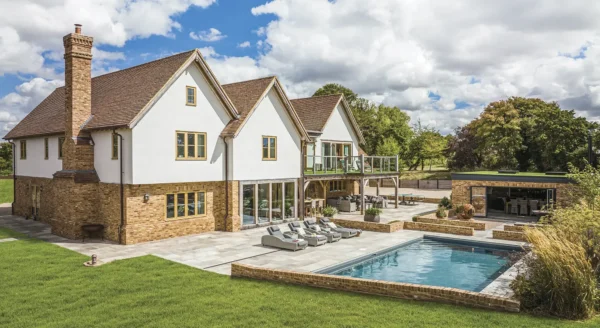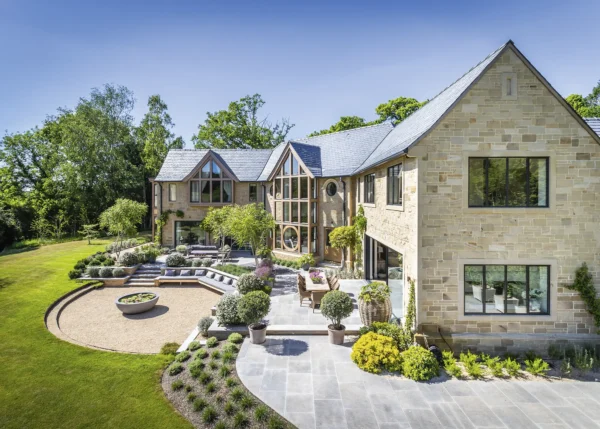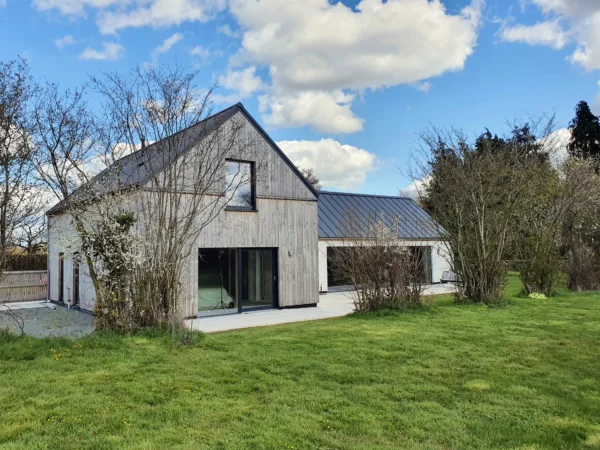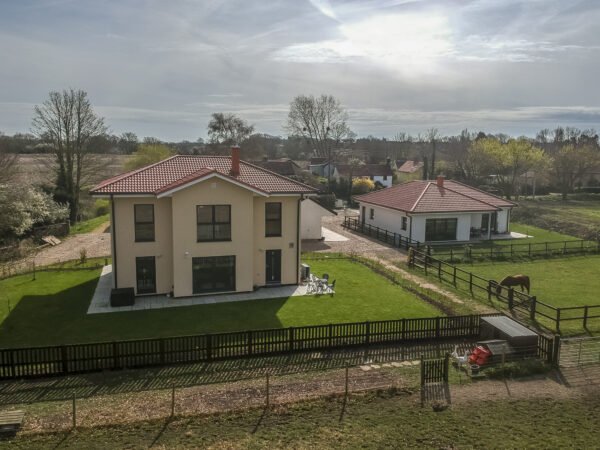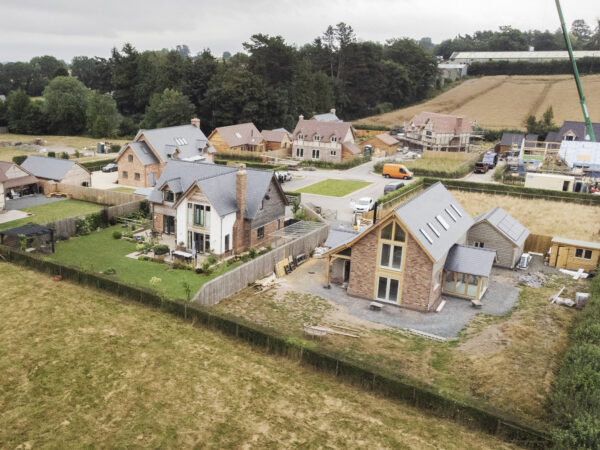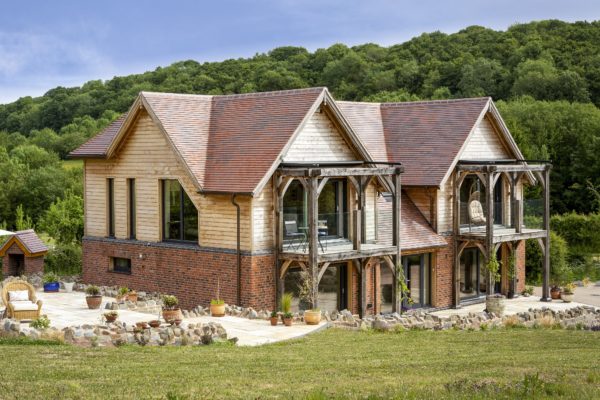Labour Government Shows Support for Self & Custom Build Housing
The Labour Party made its ambition to “Get Britain Building Again” a key part of its election policy, stating that the dream of homeownership is now out of reach for too many young people. The party pledged to build 1.5 million new homes within next Parliament as a mandatory target – which would involve reforming Britian’s planning system, helping to speed up potential development opportunities.
“Support the self and custom build and community-led housing sectors”
Published on the 30th September 2024, Matthew Pennycook’s (Minister of State, Housing, Communities and Local Government) letter to the Chair of Homes England, Peter Freeman showed a clear indication that Labour are still set on delivering on these housing goals. “We are determined to deliver 1.5 million new homes in this parliament and we will maintain a relentless focus on housing delivery in order to do so,” says Matthew Pennycook.
Pennycook continues, asking the Chair of Homes England to acknowledge the inherited housebuilding rates in order to speed up the progression of development over the next few years. “Urgently addressing the reduced rates of housebuilding we have inherited is essential to delivering our 1.5 million new homes target and I therefore expect the Agency to do everything in its power to accelerate development and increase delivery in 2024/25,” says Pennycook.
Elsewhere in the letter, and most importantly for the self build community, Pennycook reveals that he expects “the Agency to support the reform and diversification of the housing market.” Within this, he states that he’d like to see “support the self and custom build and community-led housing sectors.”

Photo: iStock Natee Meepian
What are the government doing to drive this forward?
The planning system’s performance is key to the success of hitting the housing target. The government is in the process of revising the National Planning Policy Framework (NPPF) to ensure sustainable growth in the planning system and therefore the speed of development.
This involves taking a brownfield-first approach to help develop previously used land where possible, favouring developments on urban brownfield sites to speed up the rate of urban densification and provide houses in areas with already established communities.
In a recent draft of the NPPF, the government laid out that they are also looking to “identify grey belt land within the green belt, to be brought forward into the planning system through both plan and decision-making to meet development needs.” The NPPF sets out that grey belt will be defined as “previously developed land and any other parcels and/or areas of green belt land that make a limited contribution to the five green belt purposes…” (laid out elsewhere in the report), while excluding “areas or assets of particular importance.”
The document notes that the release of these areas will be carefully considered, with any development on grey belt land tasked with providing tangible benefits, including mandatory biodiversity net gain, improved access to quality greenspace and affordable housing.
What kind of development does the public want to see?
The government are aiming to free up land in the green belt to provide development opportunities, but what kind of development does the UK public want to see? The Campaign for Individual Homes survey asked participants to answer questions based on the kinds of homes they’d like to be built in their local area and how they feel towards housebuilding activities.
The survey results show that 90% of UK adults believe the UK needs more housing and 68% think it is needed within 5 miles of their current home.
The survey asked participants if new housing was to be built within 5-10 miles of their homes, which type of development they’d rank the highest. The large housing estates which the UK government seems to be focusing on are the least popular option, even if they come complete with their own facilities such as a school, GP, shop and a pub.
Participants ranked ‘individual new houses’ highest – with an average of 7.31/10 in importance. These new builds would be on infill plots in/adjacent to existing towns/villages. This was closely followed by smaller developments of 3-10 houses in/adjacent to most settlements.
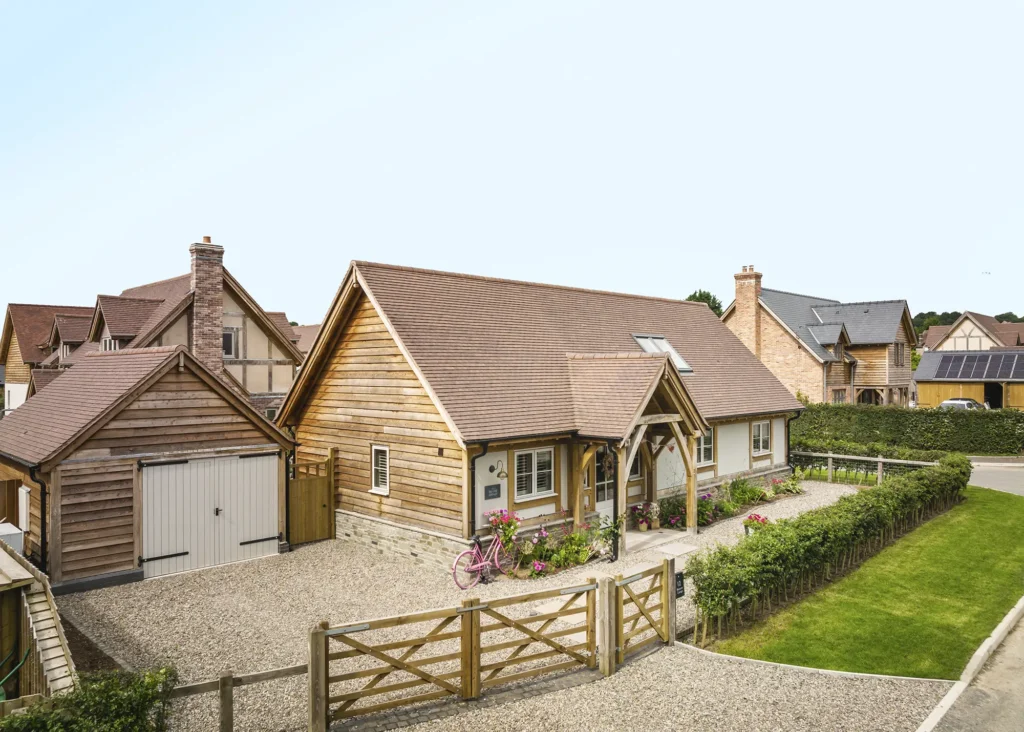
Webbs Meadow is a multi-award winning development which had 13 new homes in phase 1 on the edge of Kington village in Herefordshire. All have now been built to high architectural and environmental standards and a phase two of four more plots has recently been released. Photo: Mark Watts
Chris Batesmith, Content Director at Build It, said: “The findings from this Campaign for Individual Homes survey are important. Our governments should take note and stop forcing huge developments on us as their preferred solution to the housing crisis.”
“The electorate clearly thinks small, incremental developments are the way forward. This isn’t surprising, as small developments are associated with higher-quality architecture that enhances the street scene rather than being a blot on the landscape.”


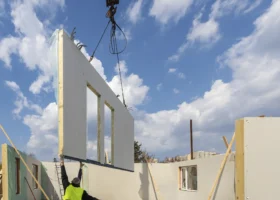
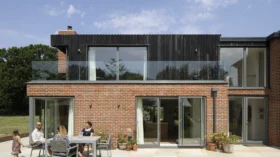
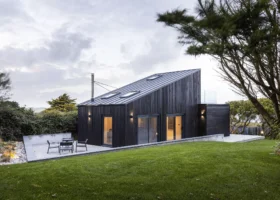
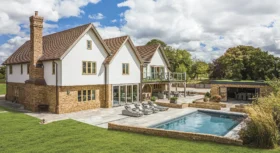
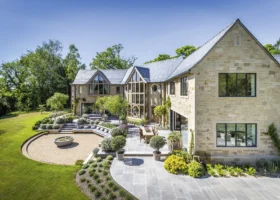
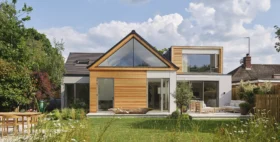






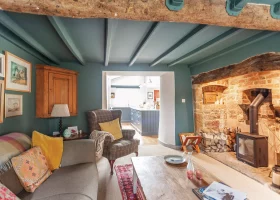
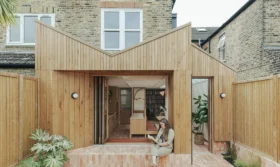
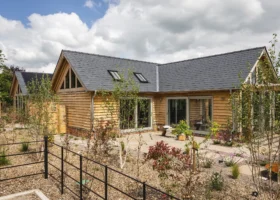
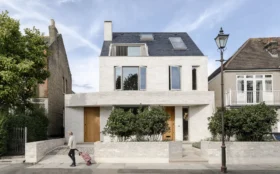

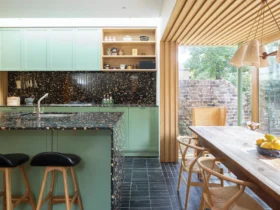


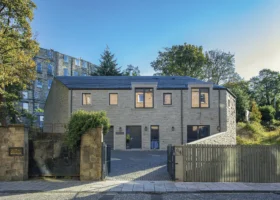
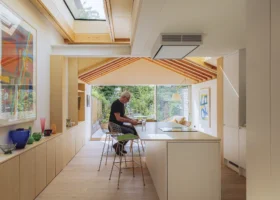
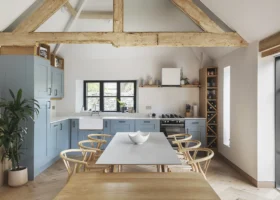

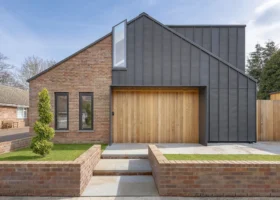



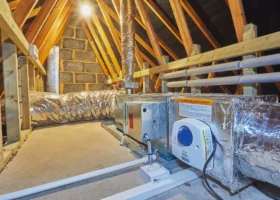
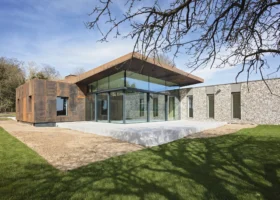
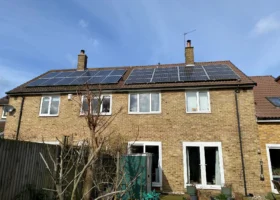

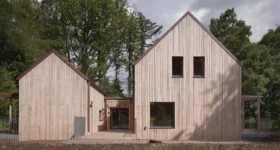
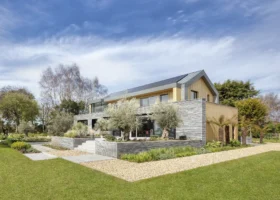
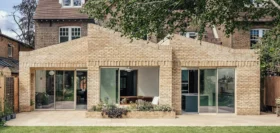
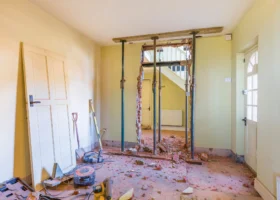
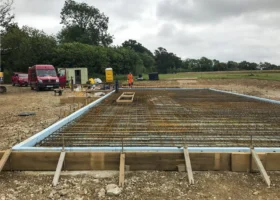

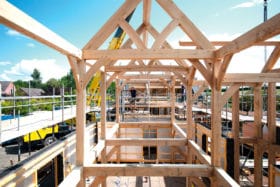
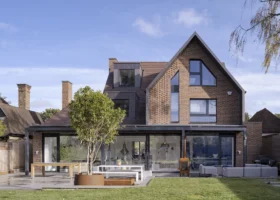
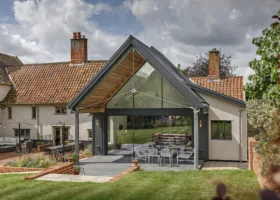
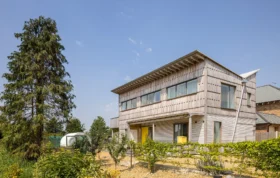
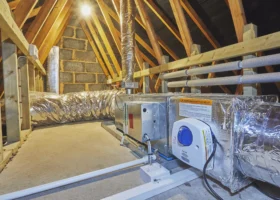
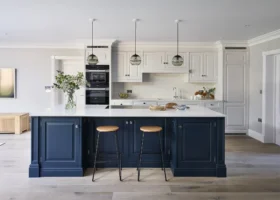

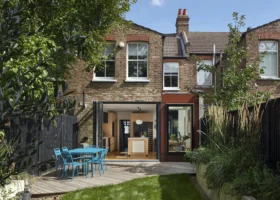


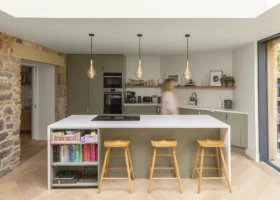
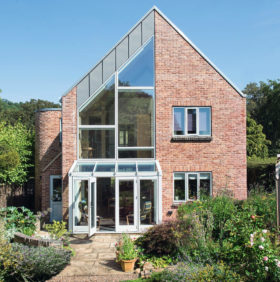
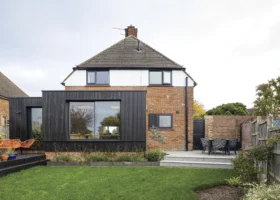
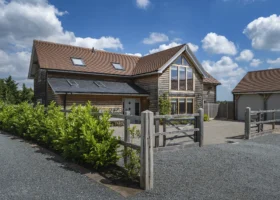




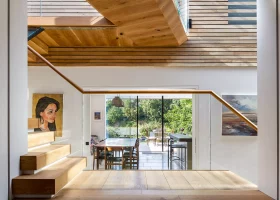
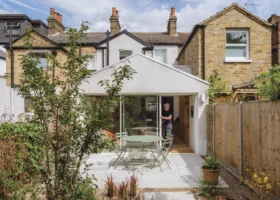

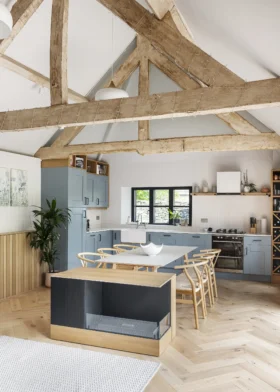




















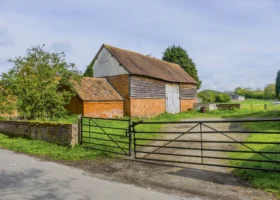
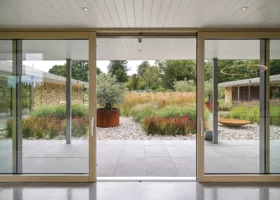



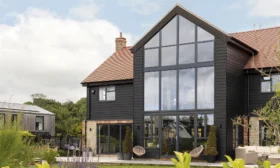












 Login/register to save Article for later
Login/register to save Article for later



